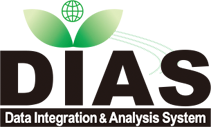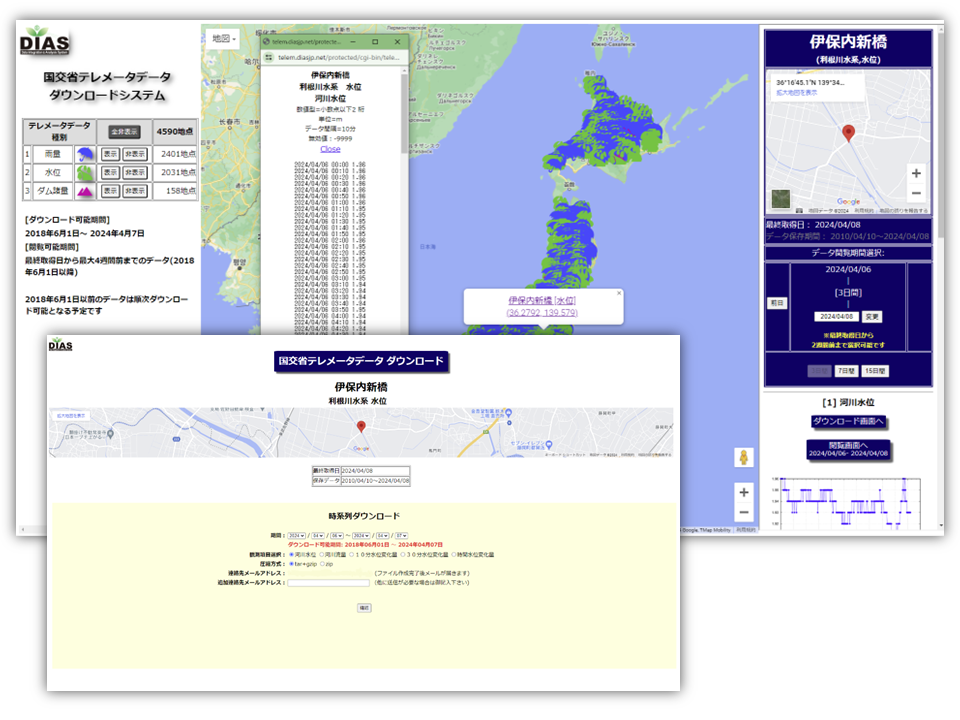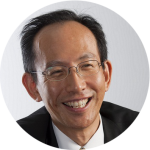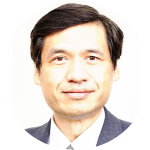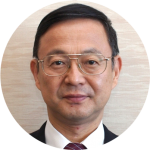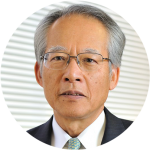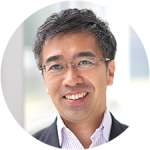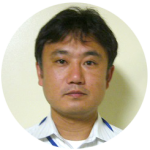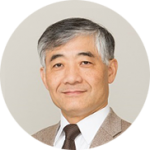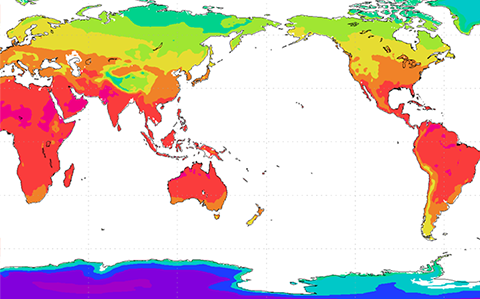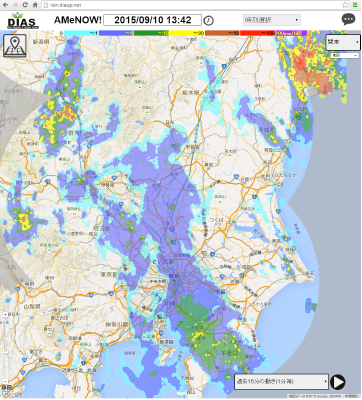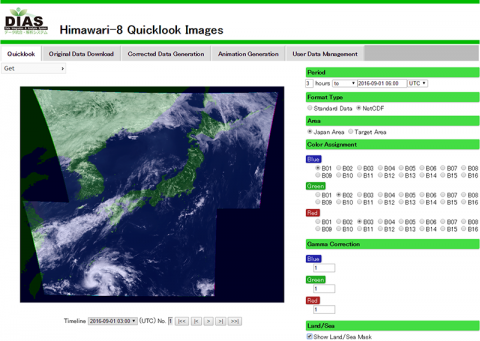Highlights
Datasets
24Apr
Typhoon DDS for changing climate by a regional a-o coupled model dataset is now available.
Datasets
This dataset compiles the result of the pseudo-global warming ...
Testimonials
-
We have entered the period of Big Data, which recognizes the importance of data as evidence. Our construction of databases for Earth observations goes back over 30 years. The time has come for the true value of these observations to trigger social innovation.
MEXT has created DIAS as the world’s largest global-environment Big Data infrastructure through 10 years of incremental improvements. Now is the chance to use our wisdom and DIAS to change society. I am looking forward to some ground-breaking ideas.
DIAS is the first system to analyze rich data on changes in the real world in order to contribute to society. We will aggressively expand DIAS to cover human, social, and economic changes in addition to hydrological and environmental data.
It is important to predict future river flows and envisage damage with respect to the water disasters made more frequent and severe by climate change. DIAS has great potential as a tool for society to share risk information and take countermeasures.
Collecting data from many fields is essential for disaster response. Recent technologies have enabled collection and storage of massive data, but its application is a challenge. DIAS will impact on disaster prevention and infrastructure projects.
Coordination with scientific disciplines and the application of data are covered in the UN’s Sustainable Development Goals (SDGs) for 2030. New data integration/analysis by DIAS will play a crucial role in the implementation and evaluation of SDGs.
DIAS contains a lot of weather and hydrological information. We want to improve the accuracy of forecasting local downpours by supplementing DIAS’ data with that measured at TEPCO’s dam to assist hydroelectric dam management and effective energy utilization.
Integrated management of environmental and disaster risk is necessary for sustainable development. We hope to solve problems in the field of disaster prevention/reduction through risk monitoring and accumulating/processing diverse data with DIAS.
DIAS provides a foundation for monitoring climate change, predicting its impact, and proposing adaption measures. We hope to release data and predications on DIAS to assist in sharing information, exchanging opinions, and investigating adaption measures.
